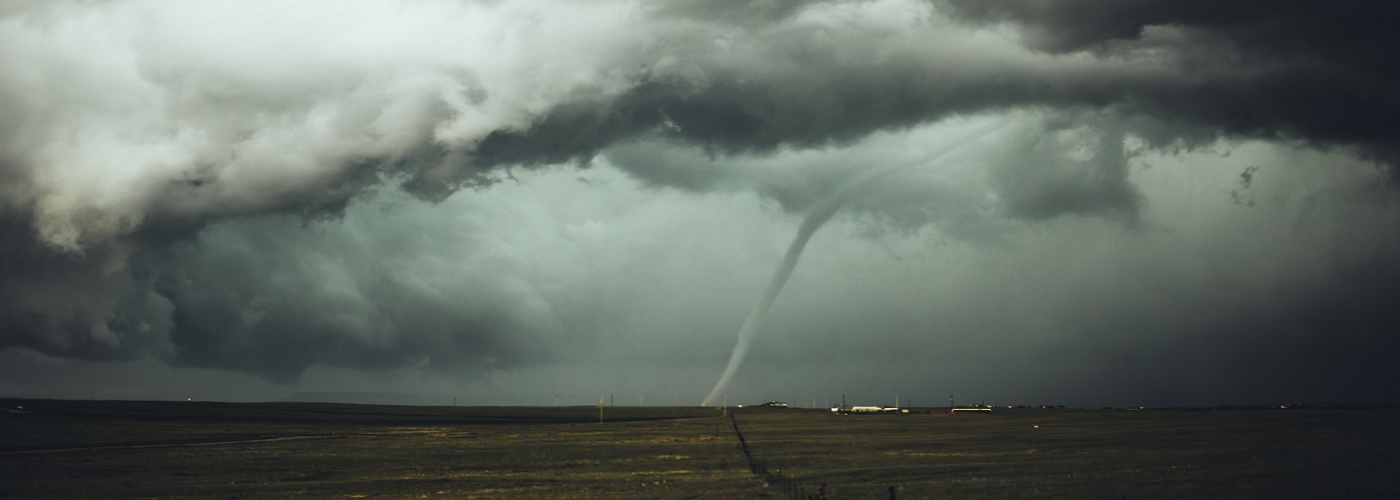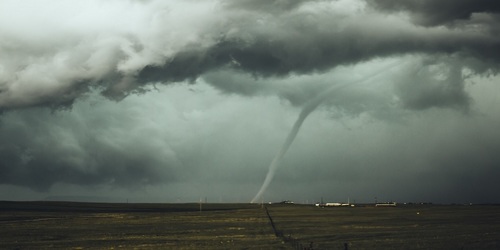

When it comes to predicting where tornadic storms are possible, wind shear and atmospheric instability are two of the most vital ingredients. During the last lesson, a term known as CAPE was studied. CAPE is the most telling statistic to look at when looking at how explosive the atmosphere may become if thunderstorms develop. However, in order for thunderstorms to become tornadic, a substantial amount of wind shear must also be present.
Vertical wind shear is the change in direction and speed of the wind with increasing height. This is measured by weather balloons that also measure temperature and humidity levels at each level of the atmosphere. When a day is said to have little wind shear, there is little change in wind speed and direction from the ground level to thousands of feet up. Conversely, when wind speeds increase quickly with height, accompanied by changing directions, strong wind shear is present.
When thunderstorms develop, a narrow upward stream of air, known as an updraft, supports the storm. The updraft can be thought of as the lifeline of a thunderstorm, as it supplies the storm with a flow of needed moisture during its life span. When a thunderstorm develops in an environment with little wind shear, the storm will have a shortened life span. Thunderstorms are composed of both an updraft and a downdraft. A storm that forms in a low wind shear environment will have an updraft that is nearly vertical. Because of this, the storm's downdraft interferes with the updraft and eventually the updraft loses out to the downdraft, and the storm dies.
In an environment with moderate to high levels of wind shear, a thunderstorm's updraft becomes tilted. This allows the updraft to have some separation from the downdraft, resulting in a storm that has a longer life. In certain situations, the updraft may also begin to rotate, allowing for further strengthening of the storm.
Storm's with rotating updrafts, known as a mesocyclones, are the most dangerous when it comes to tornadoes.
For a look at a mesoscyclone click here.
https://www.weather.gov/images/ama/events/2019/May/May_7th_Severe/QuincyVagell_meso_050719_PA.jpg





